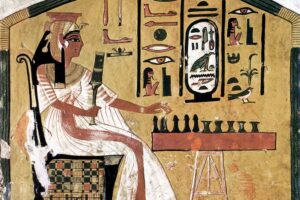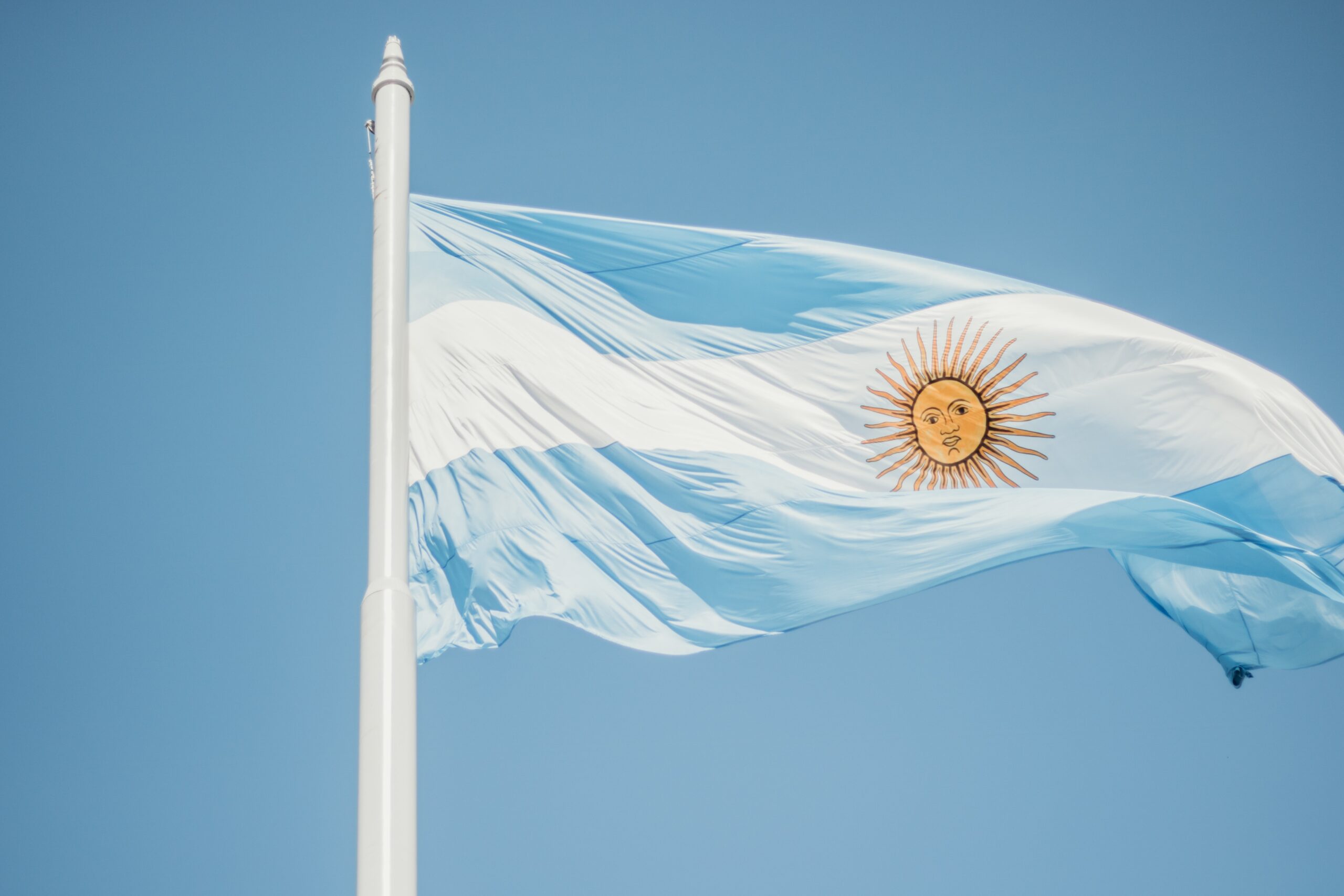The fall of the Soviet Union
On December 8, 1991, Russian President Boris Yeltsin met with Ukrainian President Leonid Kravtyuk and the unofficial head of state of Belarus, Stanislav Shushkevich, at a state-owned Belarusian summer home near Viskuli in the Bialowieska Forest in Belarus.
Just a few months earlier, the former Soviet-controlled Baltic states of Estonia, Latvia and Lithuania had declared independence from the Soviet Union.
Since the fall of the Berlin Wall in 1989, it had been clear what was going on: the communist superpower was about to crumble.
Now was the time to deliver the coup d’état to the Soviet Union, and it fell to Yeltsin, Kravtyuk and Shushkevich to deliver the coup de grace.
The leaders of Russia, Belarus and Ukraine signed the Minsk Agreement in 1991.
These three leaders of the three countries that had been bound by the Union Act since 1922 signed what has been called the Minsk Agreement.
The agreement led to the creation of the “Commonwealth of Independent States” (CIS) and the Soviet Union was effectively dissolved once and for all.
It is said that the three national leaders celebrated the agreement with vodka shots and gunshots in a forest in Belarus. By now Belarus had gained freedom and was self-governing.
Belarus oppressed for centuries
Mir Castle in Belarus dates back to the Middle Ages. The castle took on its current appearance during the Renaissance in the second half of the 16th century. The castle is a UNESCO World Heritage Site.
The territory that is today called Belarus had been inhabited by Slavs from the Baltic countries from around 4-500 AD.
In the 9th century, the region was incorporated into the Kingdom of Garda, which was the largest state in Europe at the time and, in addition to Belarus, also included Ukraine and the northwestern part of what is now Russia.
Mongol invasions led to the end of the kingdom in the 13th century, and after that Belarus became part of the Duchy of Lithuania, which later also covered the territory that is now Poland.
When Belarus broke free from the yoke of the Gard Kingdom, the independent Belarusian language was born, which belongs to the Slavic languages.
The Polish-Lithuanian Commonwealth was in constant conflict with its neighbors for centuries, and towards the end of the 18th century the country was divided into the European powers Prussia, Austria and Russia.
Absorbed by the Soviet Union
Statue of Lenin in front of the Cabinet building in Minsk. The position of the statue makes it clear that Belarus has not come to terms with the country’s Soviet-era past.
Belarus came under the control of the Russian Empire, but Belarus briefly declared independence following the Russian October Revolution in 1917.
Just two years later, the country became part of the Soviet Union, but despite being incorporated into the communist superpower, the Belarusian language and culture continued to flourish within the framework of the Soviet Union.
However, the heyday of Belarusian culture did not last long.
The Nazi massacre of Belarusian Jews
Marc Chagall: “Me and the village”. Marc Chagall (1887-1985) was both Jewish and Belarusian. The painting is from 1911 and was done the year after Chagall moved to Paris.
In the 40s of the 20th century, Joseph Stalin, the dictator of the Soviet Union, began to break back the Belarusian national identity. The situation worsened significantly when Hitler’s forces invaded Belarus during World War II.
The Nazis executed Belarusians or sent them into exile. It is believed that almost the entire Jewish community of the country died in the war.
From Russification to Belarusian dictatorship
President of Belarus, Aleksandr Lukashenko visiting Serbia in 2019.
After the war, the border between Poland and the Soviet Union was moved further west, which meant that even more Belarusians lived in the Soviet Union.
In the following decades, Russification continued in Belarus, and in the 1970s it was forbidden to teach in Belarusian in the Soviet Republic.
Following the collapse of the Soviet Union, approx. nine million inhabitants of Belarus have little hope for democracy and national independence for the first time in many centuries. However, the dream of democracy soon turned into the dictatorship nightmare that Belarusians have had to live with ever since.
In 1994, Alexander Lukashenko was elected president of Belarus. Lukashenko ran against the Communist Party and Stanislav Shushkevich whom he accused of corruption.
Lukashenko won by a landslide, but he received about 80% of the Belarusian vote.
Lukashenko and human rights
Parliamentarians of Belarus on hunger strike on April 11, 1995. 19 parliamentarians protested a number of proposals for changes to the country’s constitution, which Lukashenko, without the parliament having ratified, had sent for a vote.
In the 1990s, before Alexander Lukashenko came to power, he worked as the head of the collective farm Gorodetz in the north of Belarus.
He gained a reputation for brutality and was said to beat his employees who did not follow his orders to the extreme. This brutal behavior has characterized Lukashenko for the past three decades that he has sat unshakably on the throne.
Belarus is the only European country that still uses the death penalty. Civil rights group Viasna estimates that around 400 people have been shot dead in Belarusian prisons since 1991.
International organizations such as Amnesty International also accuse the tyrannical regime in Belarus of numerous human rights violations.
These include police brutality, violence against minorities, lack of freedom of expression and repression of trade unions.
Europe’s last dictatorship
Belarus is on the border between Europe and Russia.
It was not without reason that former US President George W. Bush called Belarus “Europe’s last dictatorship” in 2005.
The country surrounded by Latvia, Lithuania, Poland, Ukraine and Russia is isolated internationally and is not a member of the Council of Europe.
Despite numerous protests against Alexander Lukashenko, most recently in 2020, the powerful dictator has still not been overthrown.
The spirit of Putin and the KGB looms over Belarus
Aleksandr Lukashenko and Vladimir Putin in February 2021.
Although the best description of the relationship between Europe and Belarus is one of debt, the story is different for this former Soviet republic and its motherland, Russia, where warm feelings are said to reign.
Vladimir Putin and Alexander Lukashenko have formed strong political, military and financial ties since the turn of the century.
Belarus sells about half of all its exports to Russia and receives cheap gas and cheap oil in return. Without these trade agreements, Belarus would not be able to save itself economically.
It is no wonder that Vladimir Putin considers Belarus to be part of Russia, and the legacy of the old Soviet Union is alive and well in Belarus.
About 70% of all companies in Belarus are state-owned, statues of Lenin decorate every square, and in the shadow of all this, the remnants of the infamous Soviet secret service, the KGB, operate.
Protests after the 2020 election
Protests in Minsk after the 2020 presidential elections.
After a highly contested election in 2020 that resulted in the victory of Alexander Lukashenko and widespread protests, Putin sent his troops into Belarus in an attempt to save his allies from being ousted from power.
When the war broke out in Ukraine, Lukashenko allowed the Russian army to pass through Belarus to invade Ukraine.
After his election victory in 2020, Lukashenko once again confirmed his position as the last dictator in Europe.
And despite the fact that opponents in the field of politics have called the electoral victory a gross electoral fraud and thousands of citizens have protested against the president, there is no indication that Lukashenko intends to leave power to the people.
Alexander Lukashenko was photographed with his dog at a woodchopping championship in Belarus.
the 80% man
Lukashenko has won every election he has participated in since coming to power in Belarus. Here you can see the results of the previous five presidential elections. The numbers speak for themselves.
2020
Lukashenko won with 81.04% of the vote.
2015
Lukashenko won with 84.14% of the vote.
2010
Lukashenko won with 80.44% of the vote.
2006
Lukashenko won with 84.44% of the vote.
2001
Lukashenko won with 77.39% of the vote.
















